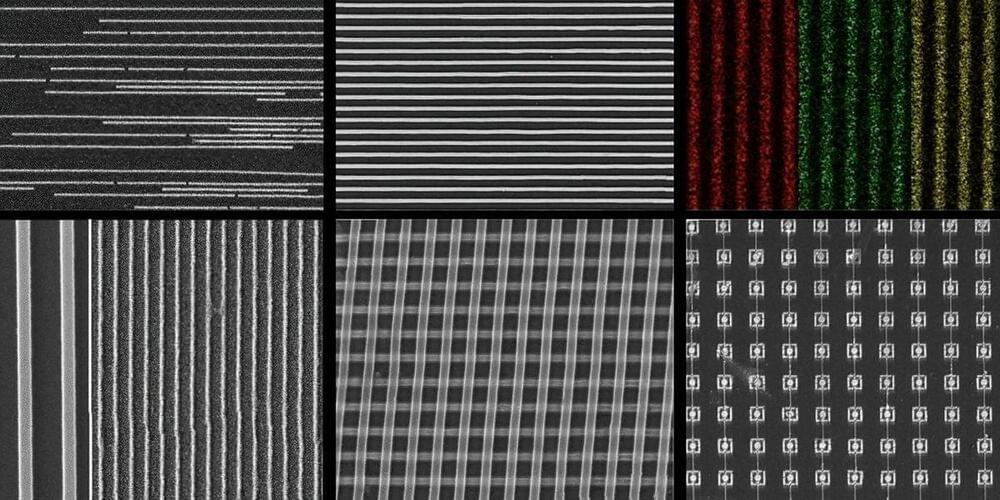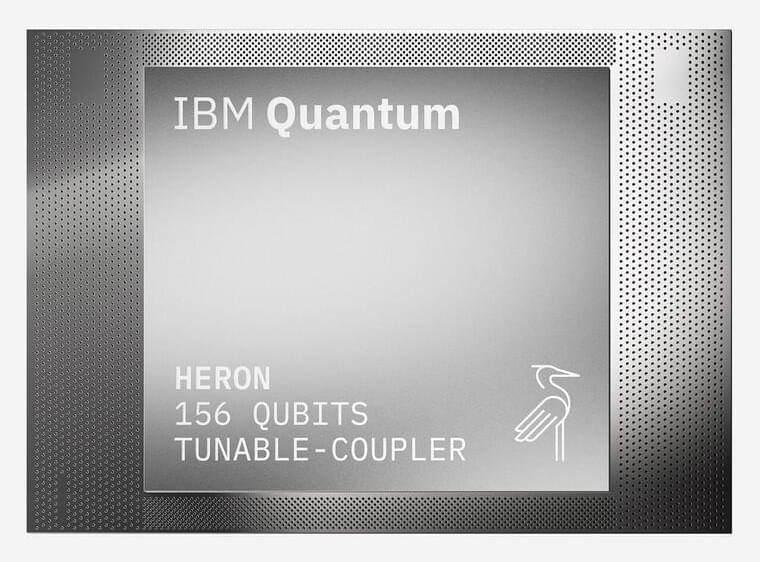Dr. Ethell’s groundbreaking research serves as the foundation for Leucadia Therapeutics’ work. A PhD in Neuroscience, he has studied Alzheimer’s disease for 20 years. He was a Human Frontiers of Science Long-term Fellow at the Max Planck Institute for Psychiatry in Germany and a Research Associate at the Scripps Research Institute in La Jolla, California. Dr. Ethell ran Alzheimer’s disease research at the La Jolla Institute for Immunology, served on the faculty at the University of California Riverside, and later founded the Molecular Neurobiology Group at the Western University of Health Sciences in Pomona, California, where he also chaired the Department of Neuroscience. He has authored more than 85 papers and presentations.
The Coalition for Radical Life Extension and Longevity Escape Velocity Foundation are bringing together the best in longevity research with the best in anti-aging and age-reversal practices.
The critical research Aubrey de Grey Ph.D. has curated through his renowned Longevity Summit will now be featured at RAADfest, alongside the most advanced and relevant clinical practices for impacting longevity today. RAADfest is the largest and most immersive event in the world focused on super-longevity for a general audience.
Bringing together cutting-edge science, inspiration, entertainment and fun, RAADfest is more than just a conference – it’s a celebration of life. RAADfest provides the information and inspiration to enable people to take charge of their longevity. Produced by the Coalition for Radical Life Extension, whose mission is to align people, resources and policies to our shared vision of curing aging.
https://www.raadfest.com/






